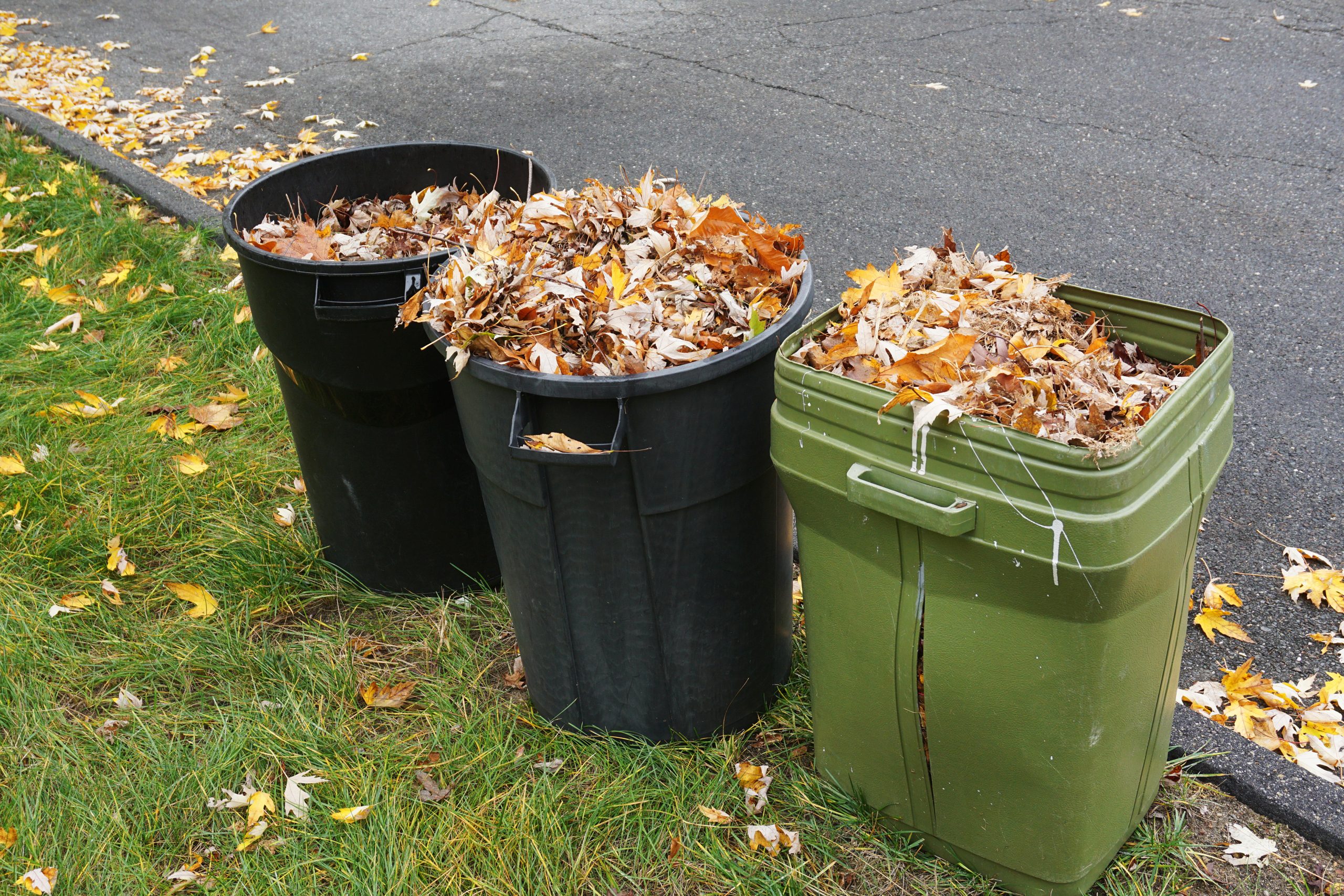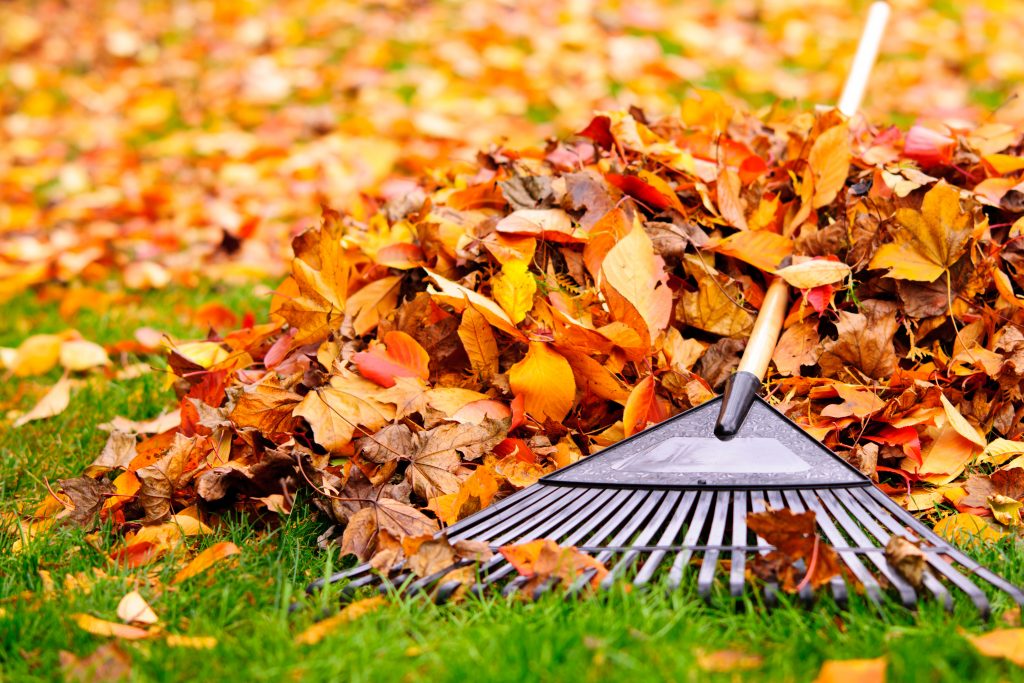Vividly-colored fall foliage is stunning to behold but less impressive when cleaning up all the leaves is your job. Raking, bagging and moving what seems like thousands of leaves can be back-breaking work. And even if you have the best leaf blower out there, there’s only so much moving around you can do.
If you’re looking to deal with leaves the way a professional would, here are five tips that will help.
1. Bypass The Landfill
In 2018, landfills received about 10.5 million tons of yard trimmings, including leaves and grass, tree and brush trimmings. Leaves are organic material loaded with nutrients that are essential to soil rejuvenation. “Recycling” leaves is an ideal alternative to sending them to the dump.
Check with your municipality to see if it offers separate yard waste collection. Many communities now offer yard waste recycling services. If not, contact your local agricultural extension office for other options.
2. Mow And Mulch
What if you didn’t remove the leaves at all? The USDA actually recommends leaving the leaves alone. Shredding them with your lawn mower helps them become mulch, which is ideal for areas with lots of shade or foot traffic as well as around fruit trees and between garden rows. By doing this, you also provide habitat for wild animals that can act as natural pest control (think frogs and turtles) and increase pollination.
However, you don’t want heavy leaf debris on your lawn all winter. This can prevent grass from growing in the spring or make your lawn susceptible to damaging fungal disease. So if your pile of leaves is very thick, consider removing some either before or after you mow.
3. Collect And Compost
If you do need to move some of your leaves, there’s no need to put your back out doing so. Instead, use a leaf collector such as a tarp or lawn mower attachment designed for the purpose.
While you can use a composting bin or tumbler if you choose, you don’t need one to begin composting leaves. Instead, build a pile in the desired size (fence it with a bit of chicken wire, if you’d like) and turn it every so often to speed up the decomposition process. Then, come spring, you’ll have an abundance of mineral-rich compost for your garden.
4. Use The Right Tools For The Job
It might seem like all rakes are the same, but your arms and back will thank you when you choose the most suitable leaf rake. If you’re tall, pick a longer rake that won’t cause you to stoop as much, and if you’re petite, a shorter one will be easier to handle. Plastic rakes are lighter and easier to handle, but metal ones tend to be sturdier.
Alternatively, you could skip the rake and blow the leaves where you want them. A backpack leaf blower will be light enough for you to wear easily but powerful enough to clean up your yard quickly. Whether you rake or use a leaf blower, leaves are easier to maneuver when dry.
5. Put On Protective Gear
Safety should be a priority, even when cleaning up leaves. Wear gloves and sturdy shoes that are less likely to slip on wet leaves. If you are prone to allergies or have asthma, you may want to wear a dust mask.
Put on light-colored pants and a long-sleeved shirt while you’re using equipment such as the best leaf blowers. Tuck your shirt into your pants and your pants into boots or socks. This can help prevent insect bites and make it easier to spot any ticks.
With the right tools and know-how, cleaning up your yard can be an excellent way to enjoy the fall weather, get in some exercise and beautify your home.












